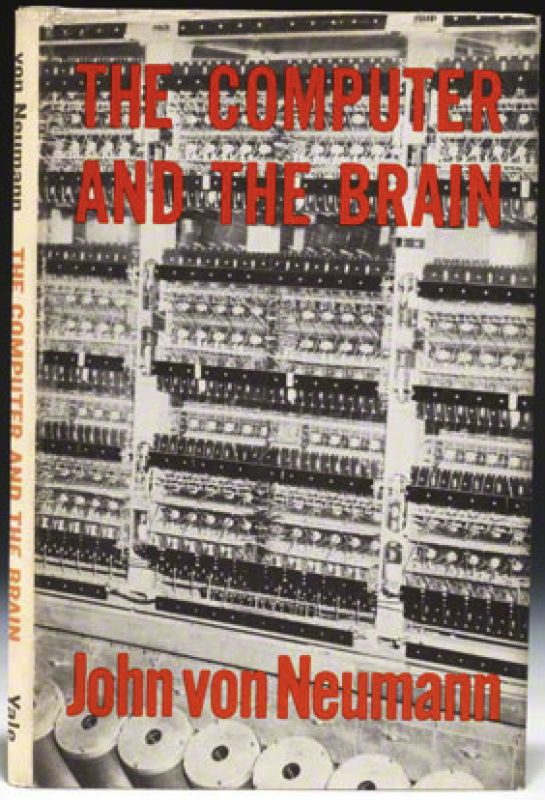It's tempting to oversimplify things. Like neurons. It would be nice if there were one type of neuron, and all you needed to know about how neurons work could be clearly labelled on a diagram of that one type of neuron. Well, nature LOVES to specialize. So, before getting deeper into how neurons work, I thought it would be good to take a step back and get some vocabulary in place... The Basics From University of Washington's 'Neuroscience for kids': Neurons come in many different shapes and sizes. Some of the smallest neurons have cell bodies that are only 4 microns wide. Some of the biggest neurons have cell bodies that are 100 microns wide. Neurons are similar to other cells in the body because: Neurons are surrounded by a cell membrane. Neurons have a nucleus that contains genes. Neurons contain cytoplasm, mitochondria and other "organelles" . Neurons carry out basic cellular processes such as protein synth...



Comments